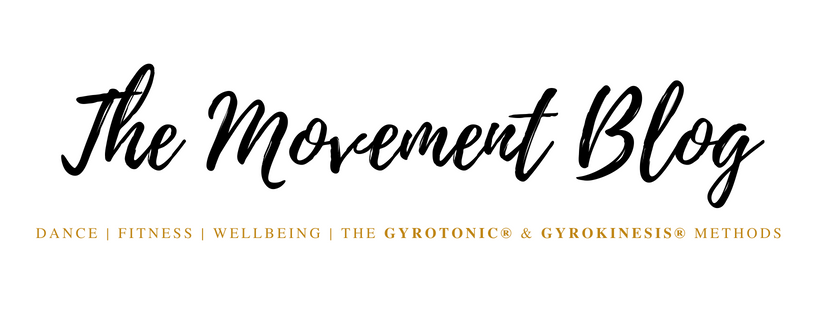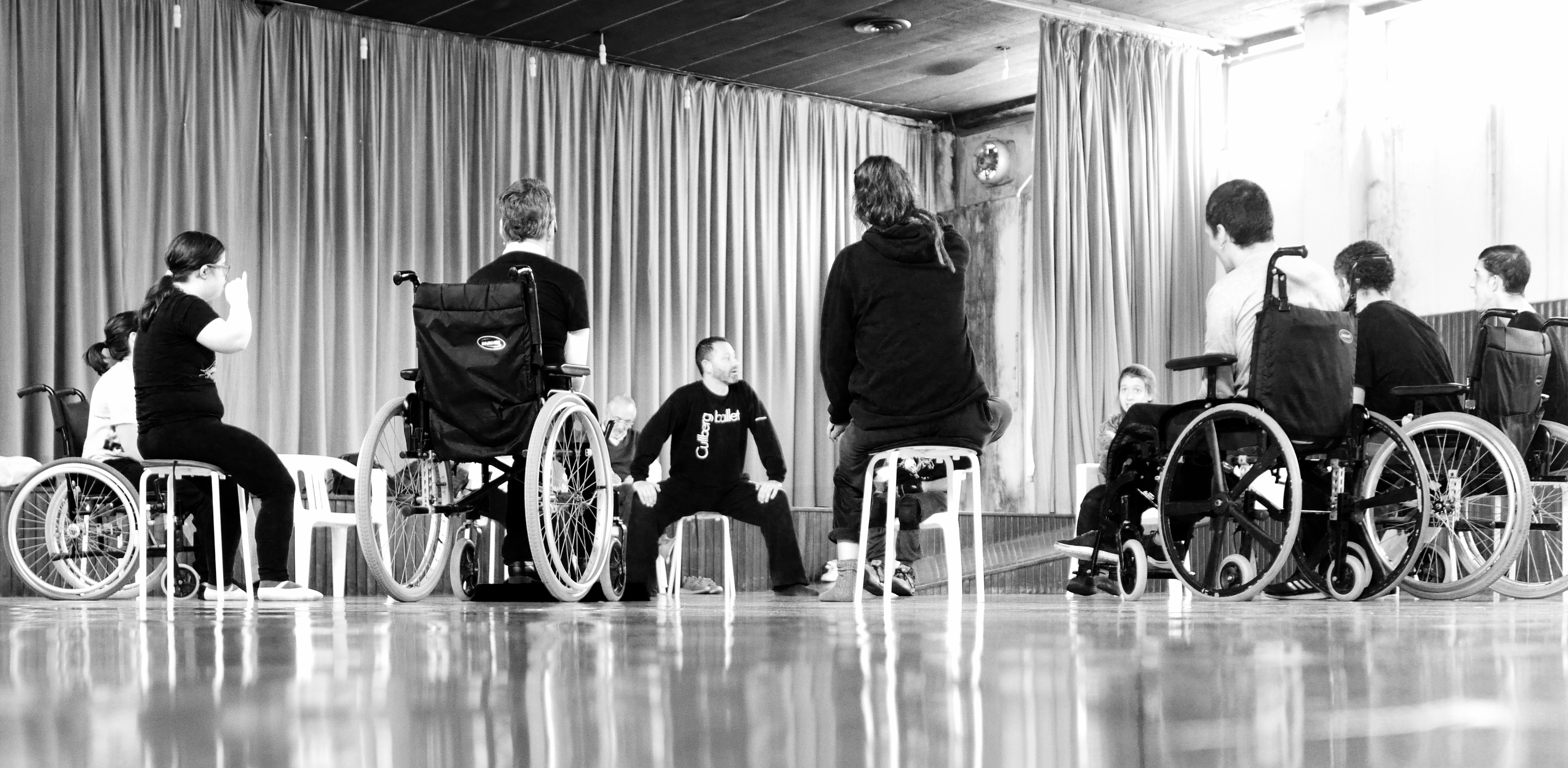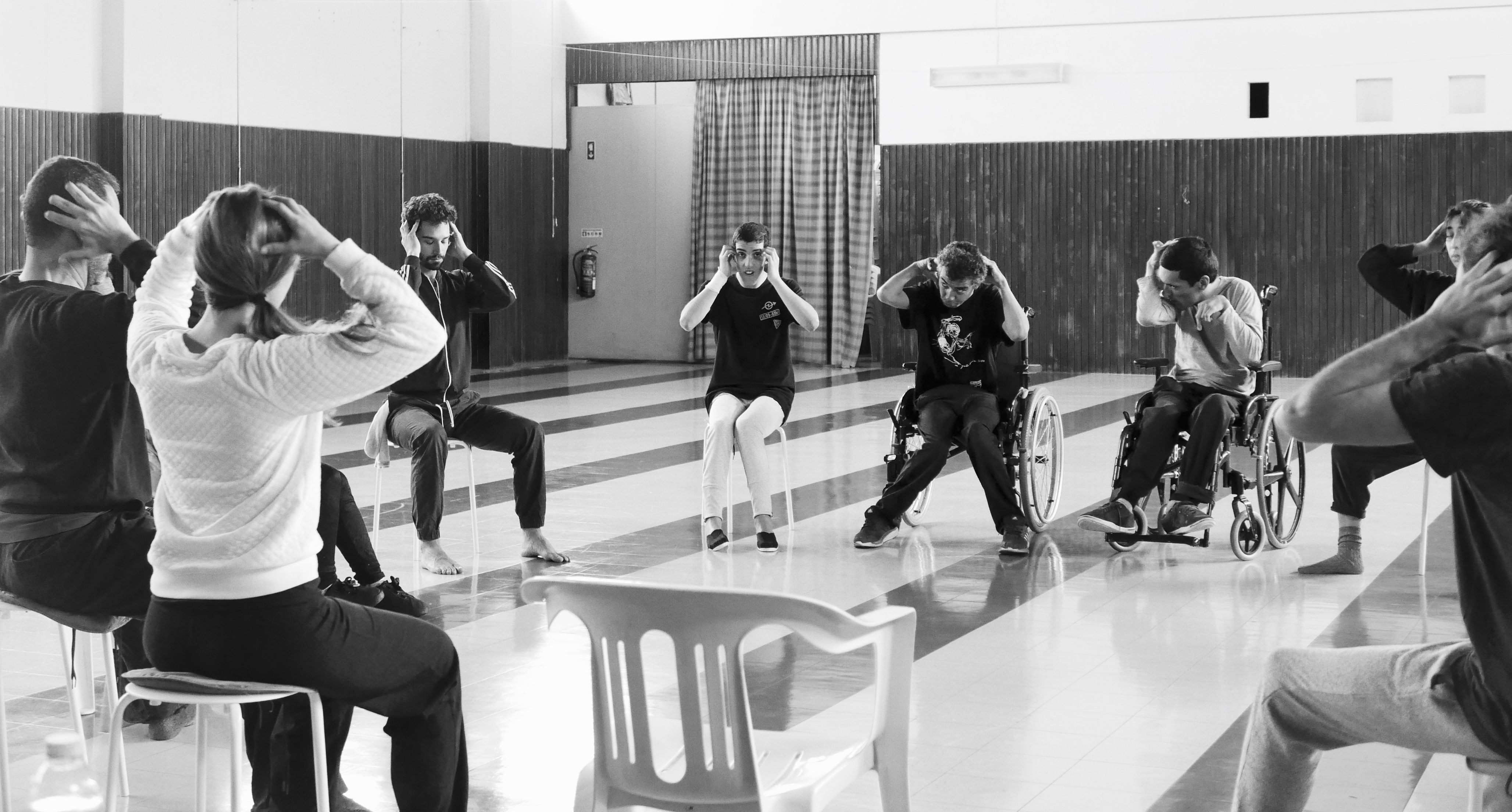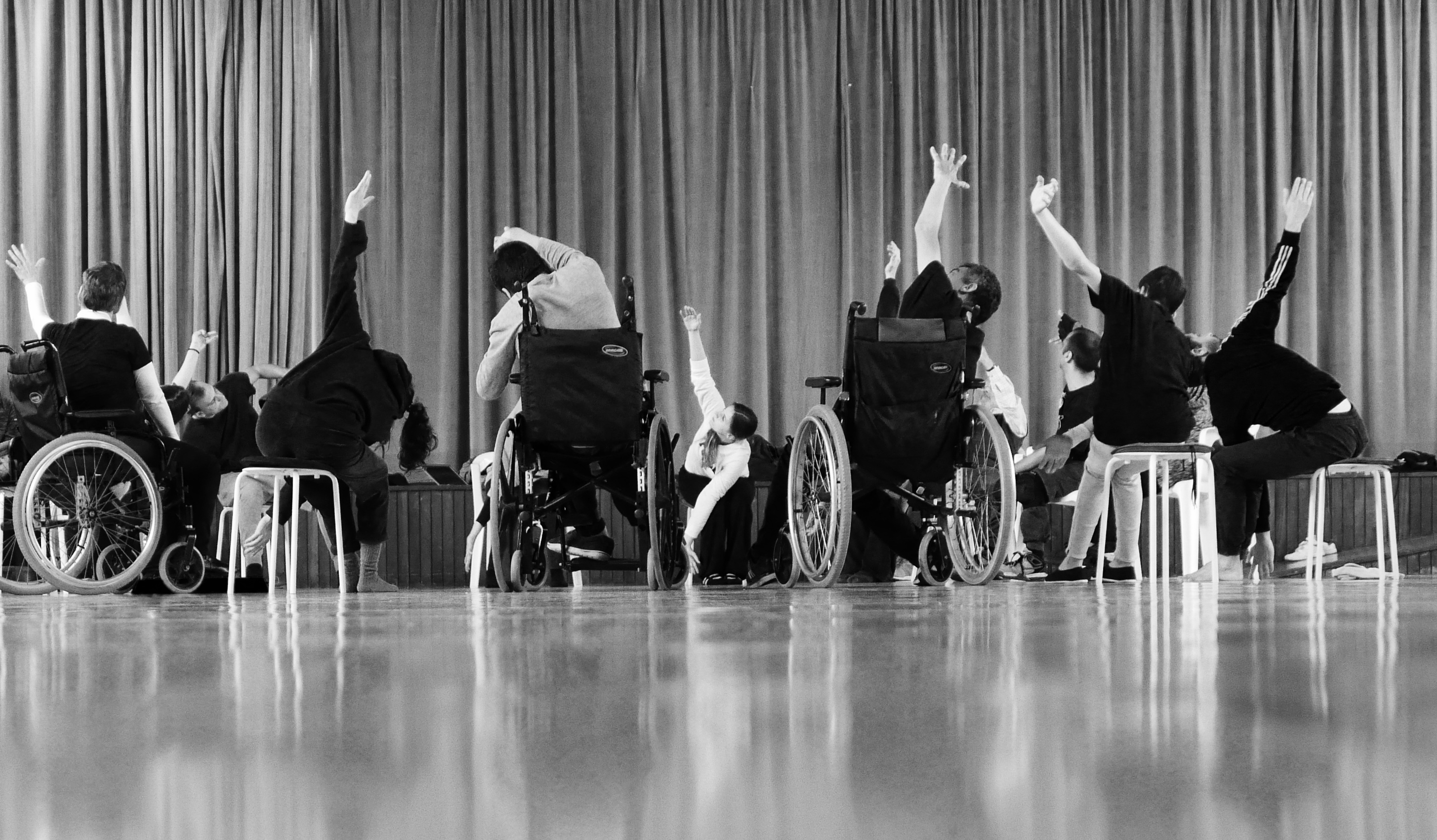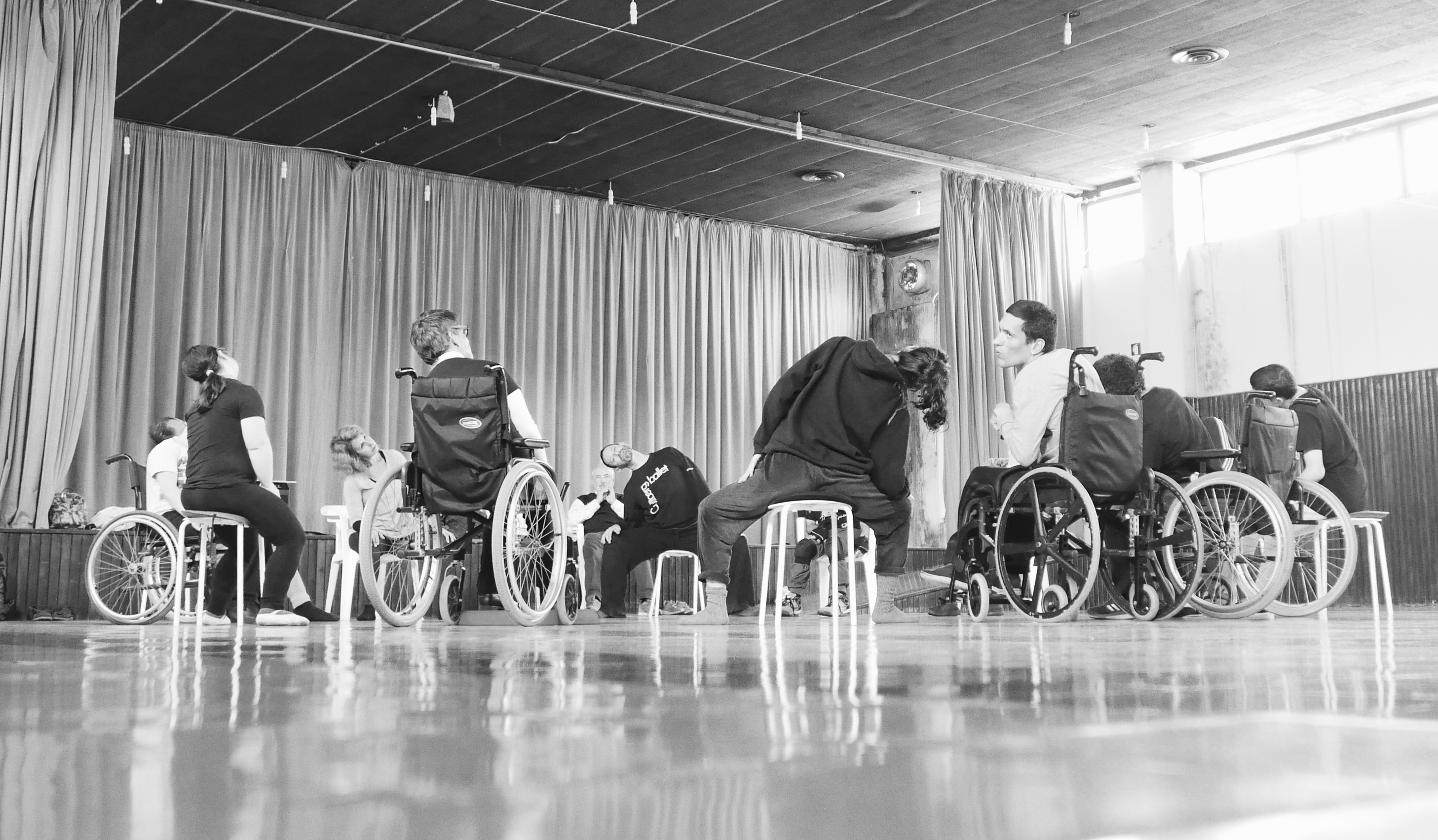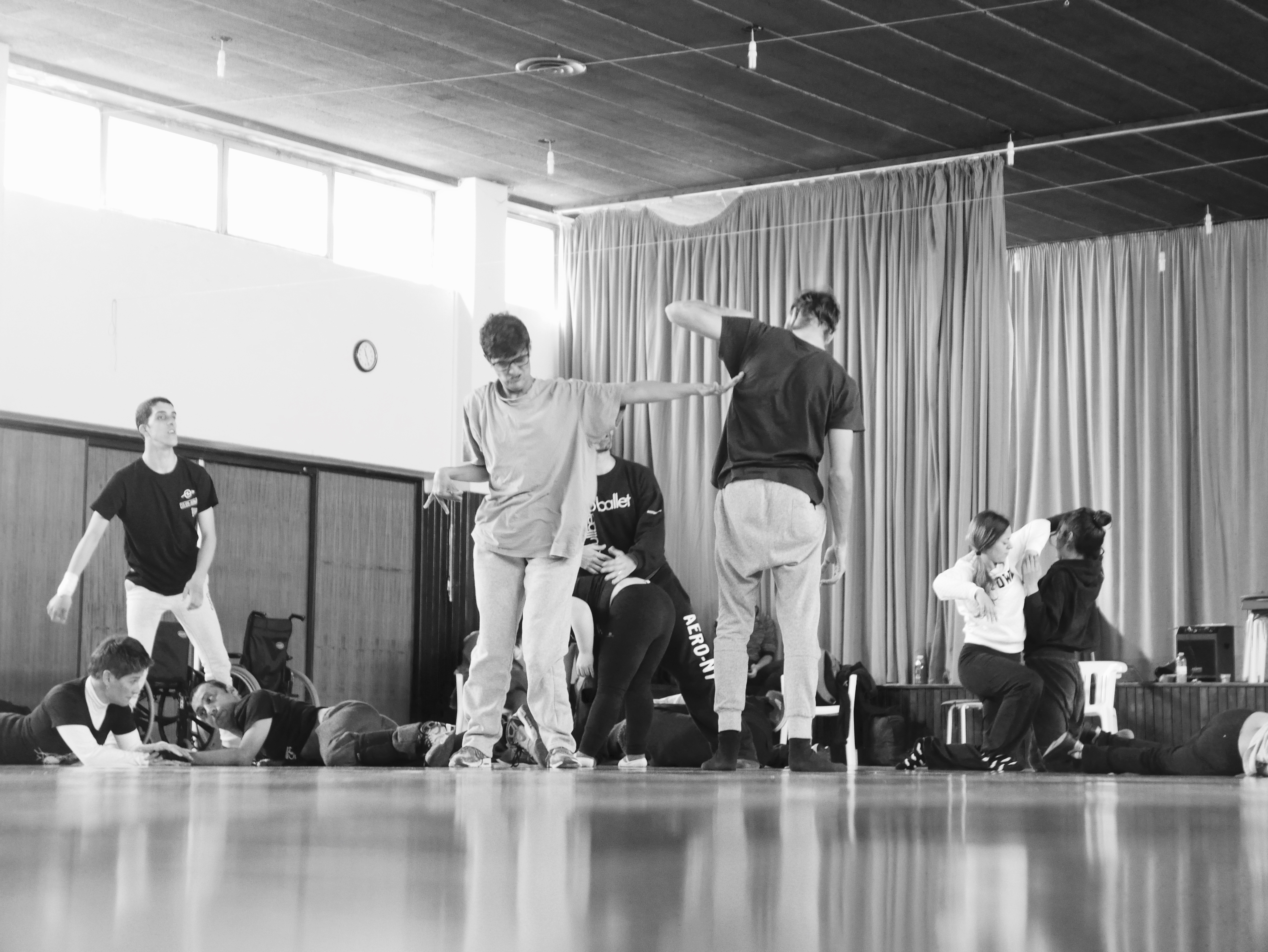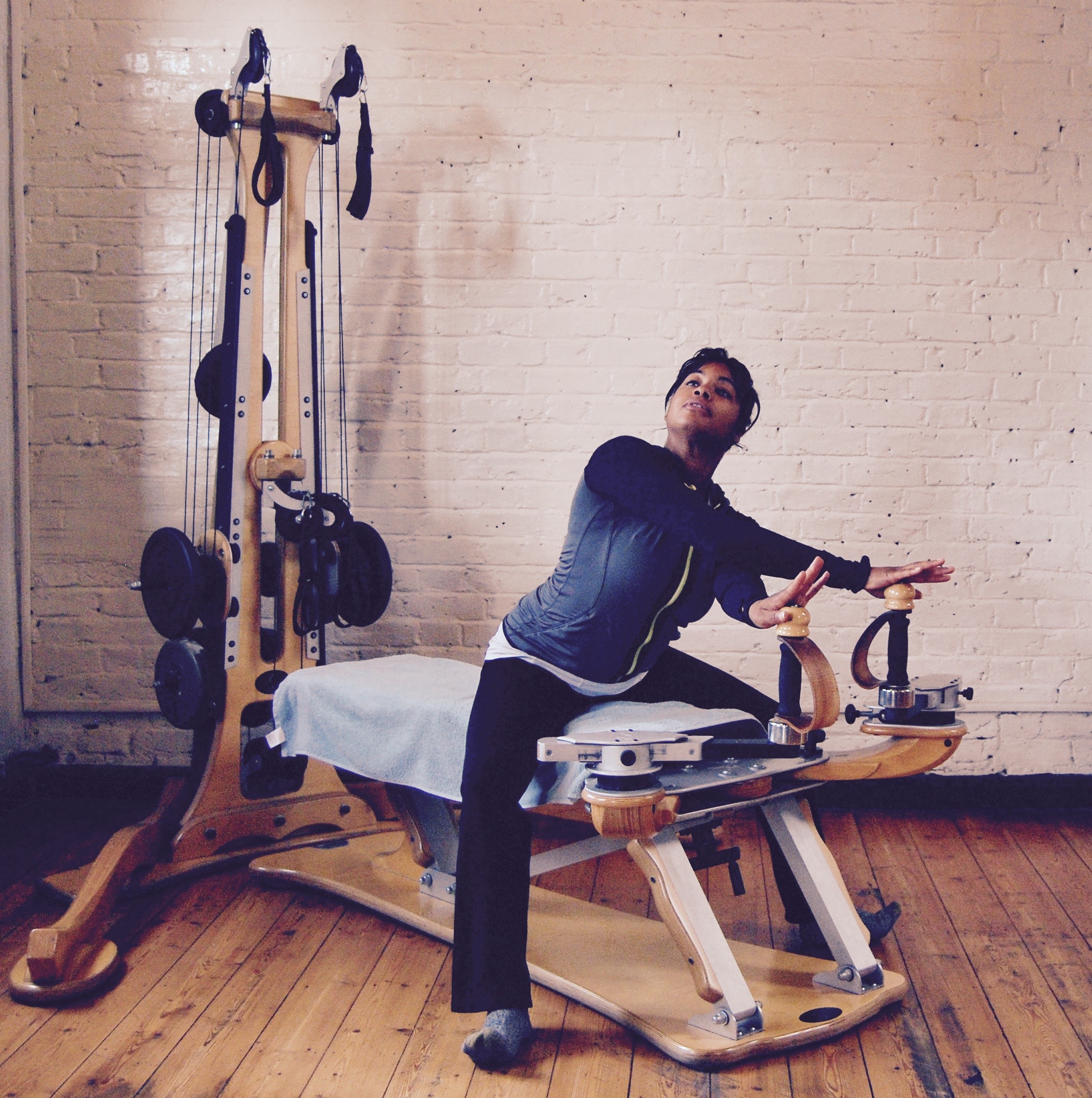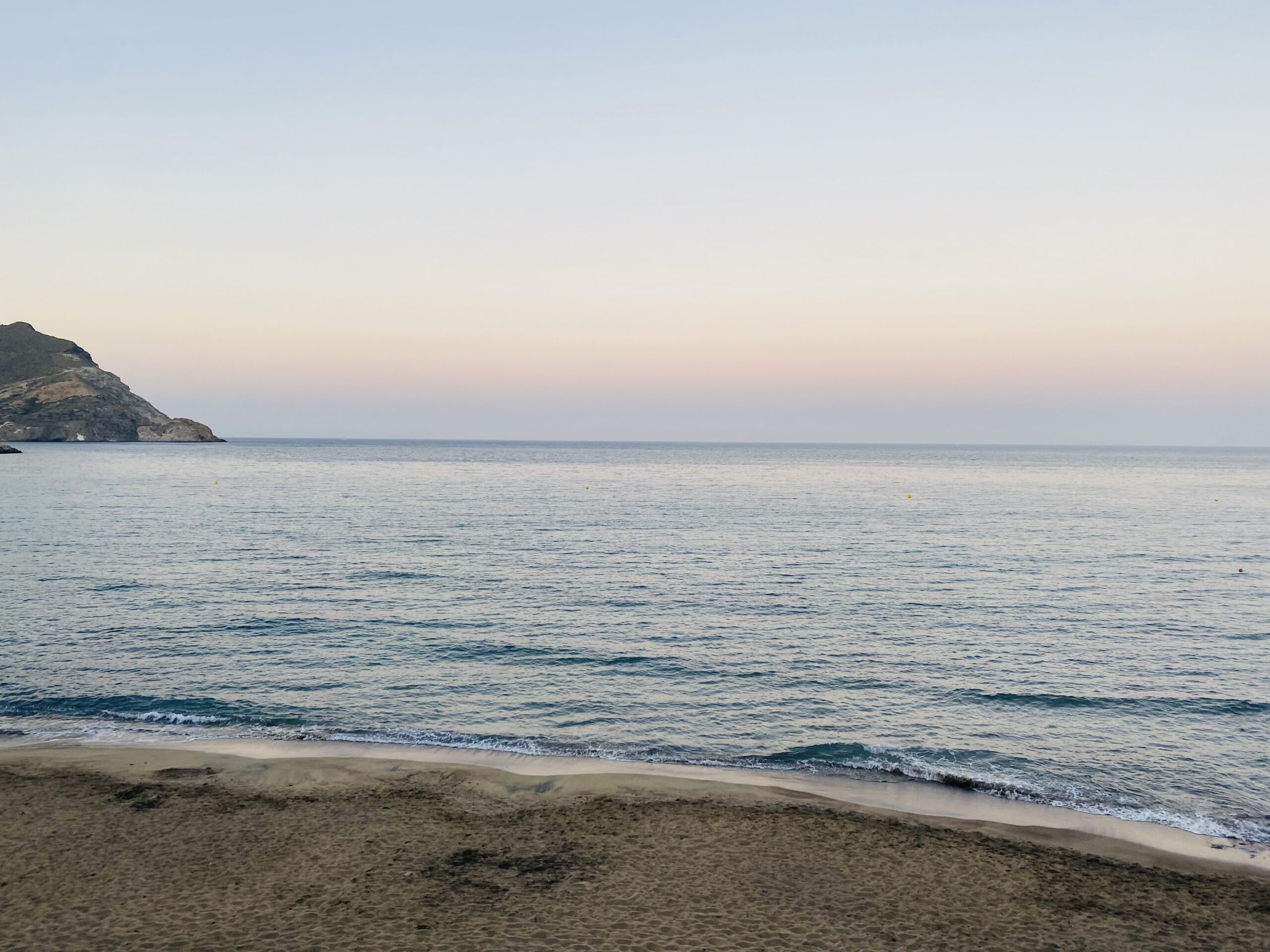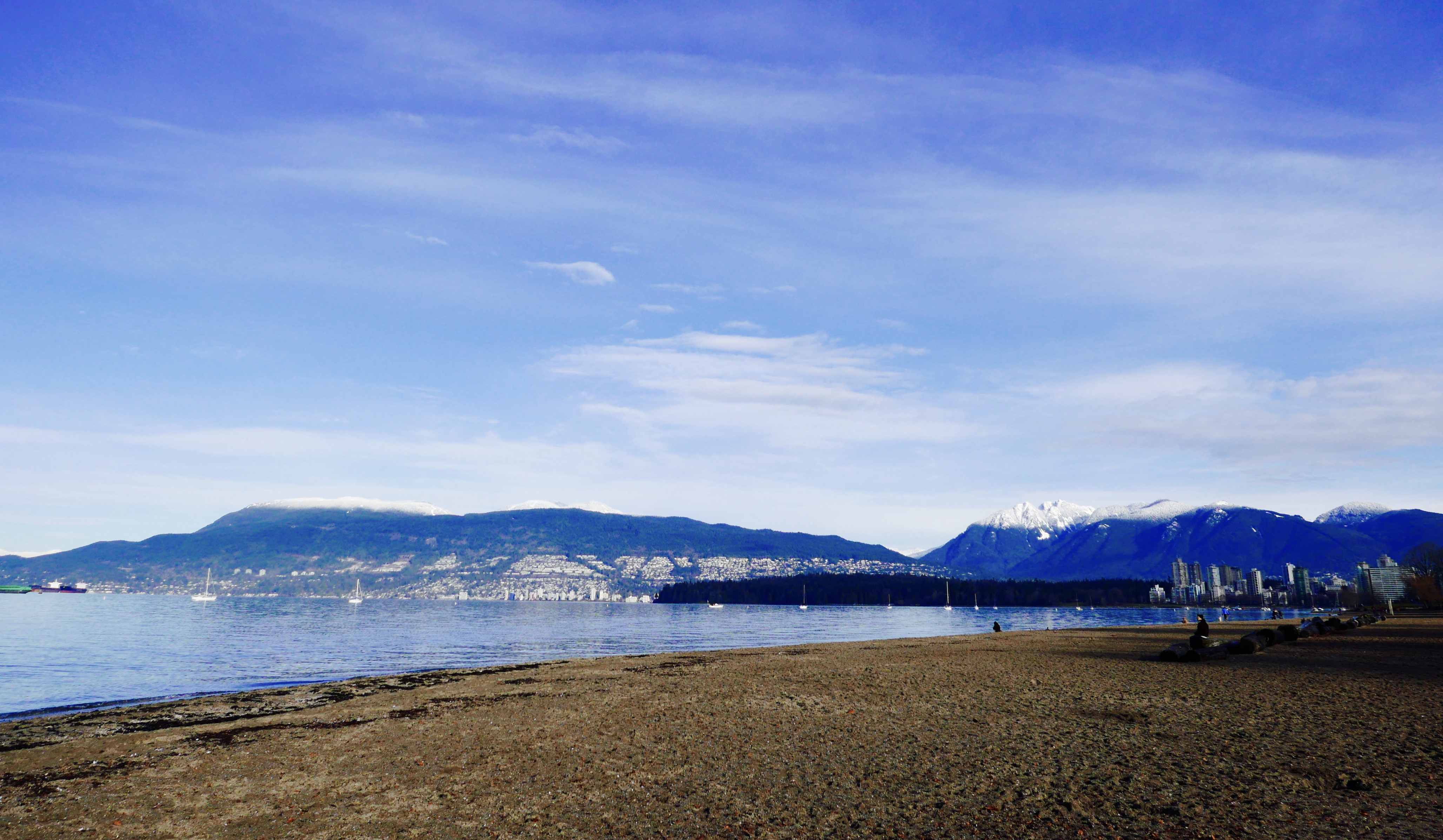On April 24th, 2018, I was fortunate to observe, photograph, and film Bernardo Gama’s mixed-ability group that practices both the GYROKINESIS® Method and DanceAbility® Method. From moving while sitting down, transitioning to the floor, to contact improvisation – it was a beautiful to see how movement can develop in every sense of the word.
Sit back and allow me to guide you through my observations and emotional experiences of this 2 hour class that allowed me forget about the outside world and be fully immersed with each individuals’ process.
1ST HOUR – The GYROKINESIS® Method
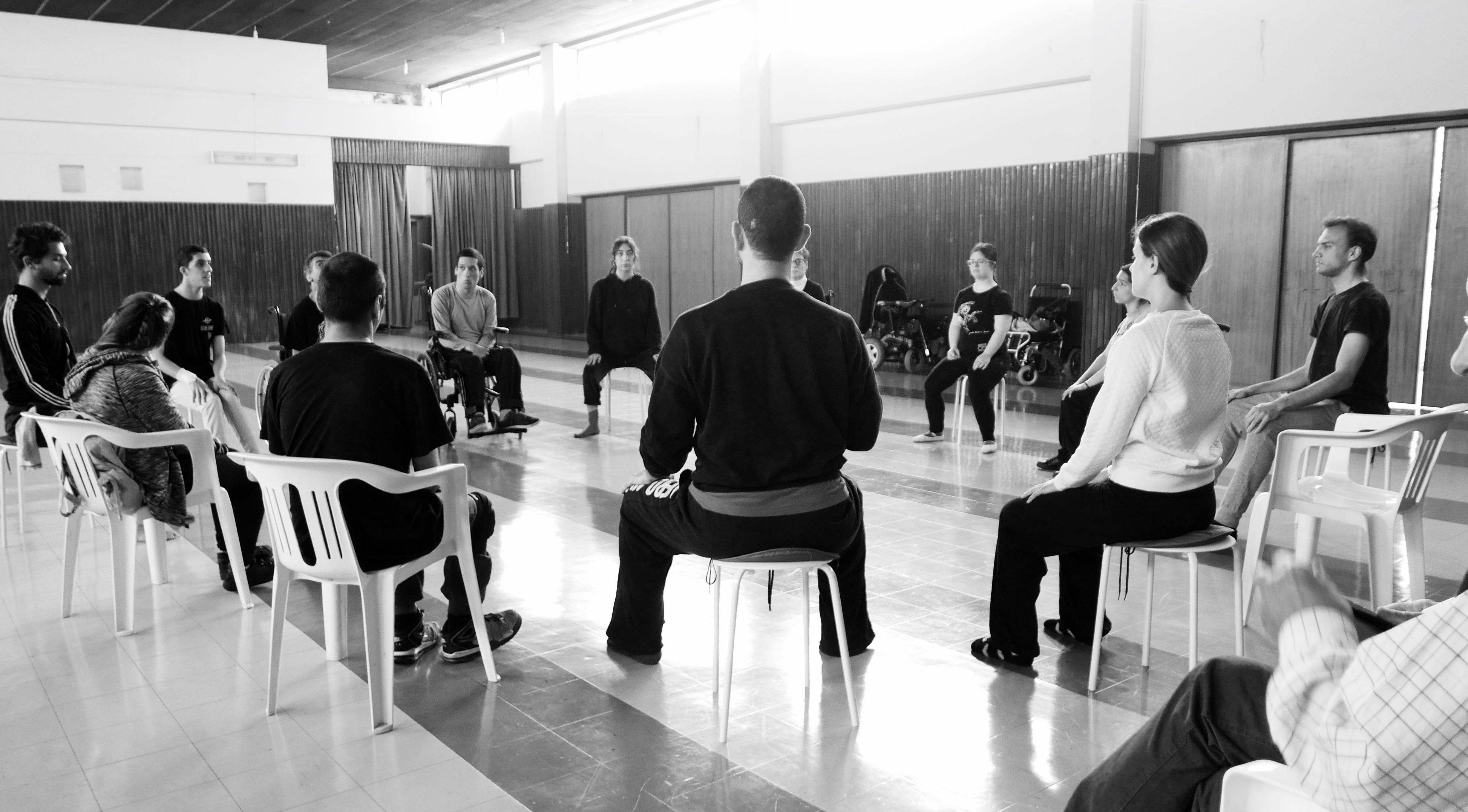
The class begins with an hour of the GYROKINESIS® Method. After allowing the the spine to be in a calm, upright position, Gama leads the class into the awakening of the senses. Working with the physical and the imaginative, Gama believes that hard to reach areas or areas that simply are not there can be reached through the imagination. Therefore both the brain and the mind can maintain stimulation.
Awakening of the senses is a series of self-massage sequences, from the Gyrokinesis method, from scalp to the toes. It also involves drumming, pulling, and opening the muscles and joints in a calm, relaxed state.
Gama’s energy and intention is very clear throughout as the students follow with comfort and ease. As an observer, the students moved in a familiar fashion within the work, moving the way they knew best. The pace was lovely. There was always enough time for everyone to catch up with each other. I really could feel the joy and presence in the room. Even as I scrambled around the room attempting to capture these moments, the focus stayed on Gama.
. . .
Having worked in the professional dance world for almost 30 years, I felt that the ability to dance and express your inner world was transversal to everybody.
– Bernardo Gama
. . .
Regardless of ability, the main task was to continue moving and exploring. The group flowed into different Gyrokinesis exercise sequences such as Arch & Curl, Spiral Twist, and Sideways Arch. As the movements became more intricate, each hands-on guidance was chosen carefully.
The confidence that transmitted from Gama to the student was like a light bulb becoming brightly lit. There was also sense of playfulness which isn’t often seen in group of adults. Adults have the tendency to lose this kind of playfulness as we acquire more information and experience, which can be difficult to let go. Thus, it was refreshing to observe the contrary.
The group spiralled, waved, and elongated the body, often incorporating with gentle taps of the feet on the floor between sequences, like a reminder to remember to feel the ground again. Each of the sequences flowed into one another allowing the group to become comfortable in their own body and movements.
The class concluded with a 15 minute break to make the transition to the DanceAbility method portion of the class. Those in wheelchairs were carefully released by the help of their caretaker and were placed comfortably on the floor. All new sensations found during the first hour will now be further developed alongside the use of the floor.
. . .
[I learned that] having awareness with even a person with very little mobility, can move or at least reach any part of their body through sensation and/or intention.
– Bernardo Gama
. . .
2ND HOUR – The DanceAbility® Method
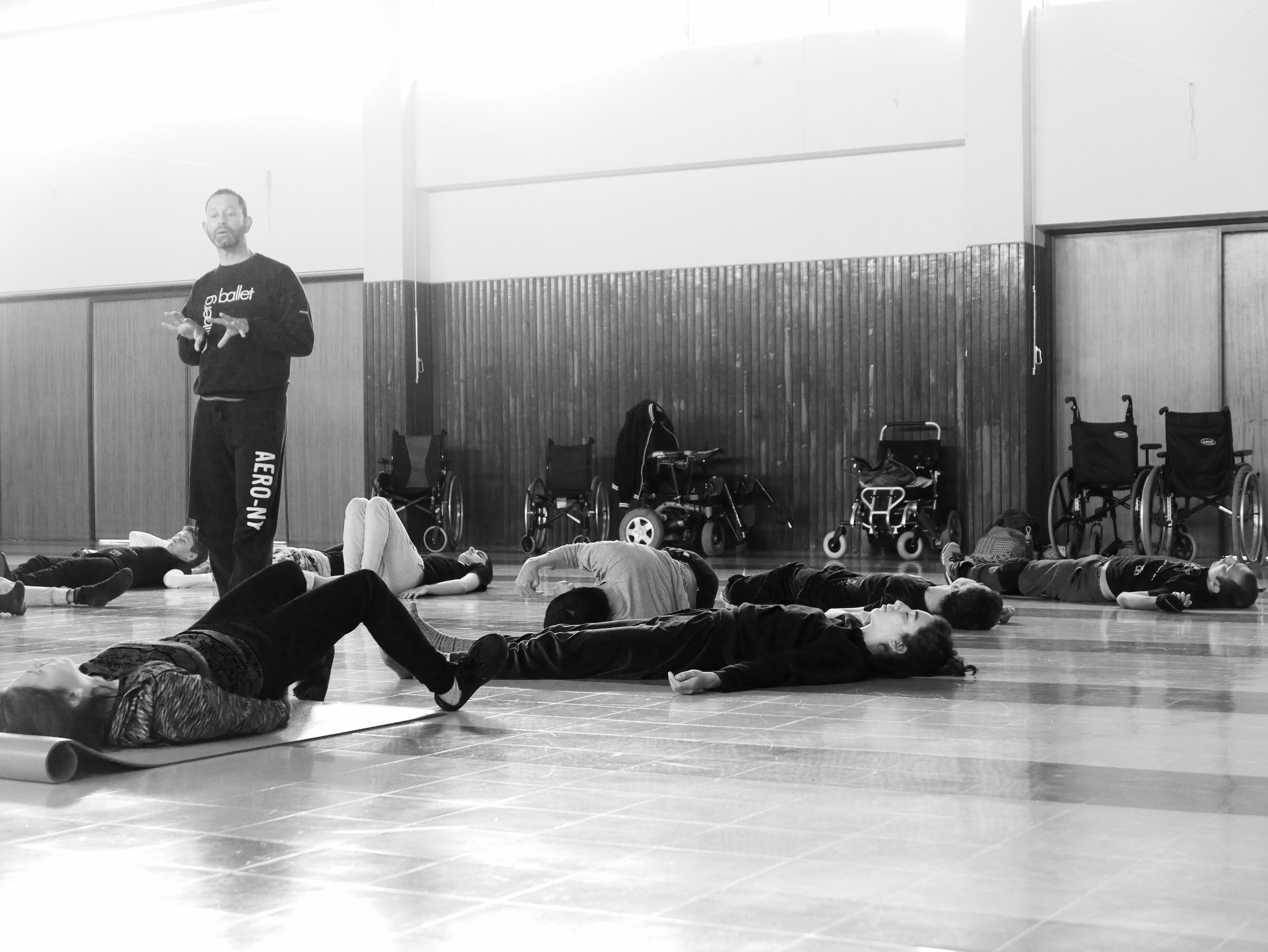
After a small break, the 2nd hour began with the DanceAbility® method where all the students are now on the floor, even the wheelchair students. The energy is kept alive as the students accept the challenge. Stillness is challenging in general. Gama continues to bring his students to ease whenever uncertainty arises.
Now the students explore movements on their back more fully, as if the floor is their partner. Gama allows time for the room to come into its own fruition, while also moving and playing in the space alongside the students, which created a fluid ambience.

As Bonobo’s album Migration softly bellows in the background, movements in the room become more intentional, longer, dynamic. More dynamic tasks were gradually introduced, going in and out of the floor. One of the main tasks were similar to a ‘move and freeze’ game. There was a wonderful softness in the ‘freeze’, that acted like a suspension that filled that room.
The task now required morphing into group contact improvisation while continuing to find the use of the limbs, head, each other, and then the floor again. Everyone became even more comfortable with their other senses during the contact improvisation. In fact, within the contact improvisation, it was visible that newer senses were being activated. Now the sense of play and exploration became fearless.
. . .
The DanceAbility® method helped me to systemize many things that I was already giving and teaching in my dance classes […] but this time with much more awareness about people with different bodies and abilities.
– Bernardo Gama
. . .
The next task involved ‘shape-shifting’ in partners, quite an advance task, but everyone is up for the challenge. The exploration stayed present with no resistance. The space gradually filled out with full bodied movements. Watching this type of work is quite touching when you observe the sense of true connection.
The class ended with everyone together as one group in a circle once again to slow down the breath, find expansion, and one word to describe their experience of the day. There was a lot of love in the room for the movements, for the methods, and for each other.
. . .
[In the future] I would like to continue working the base of the Gyrokinesis method and the DanceAbility method to explore [movement] in an organic way, as a spatial architecture, as well as an interior architecture full of possibilities … and one day choreograph on them.
– Bernardo Gama
. . .
